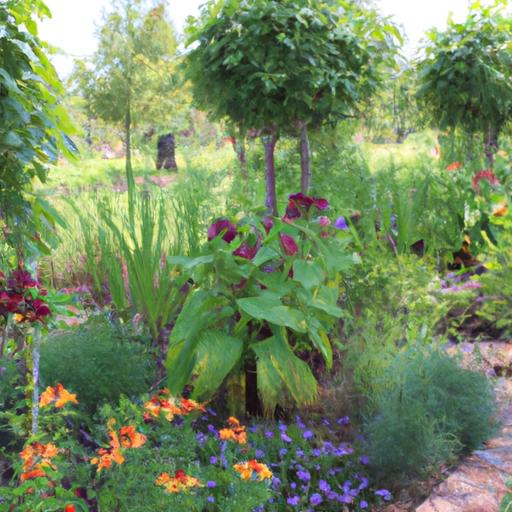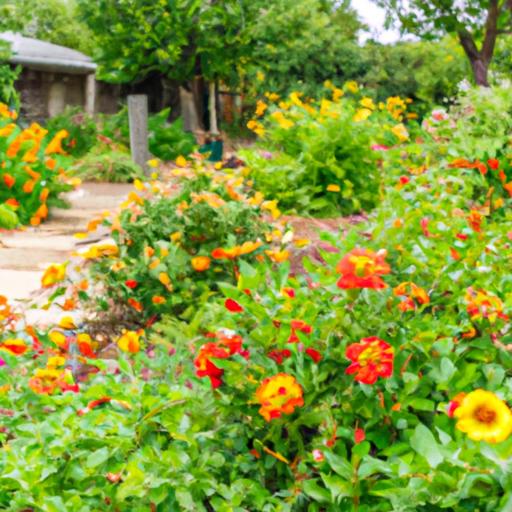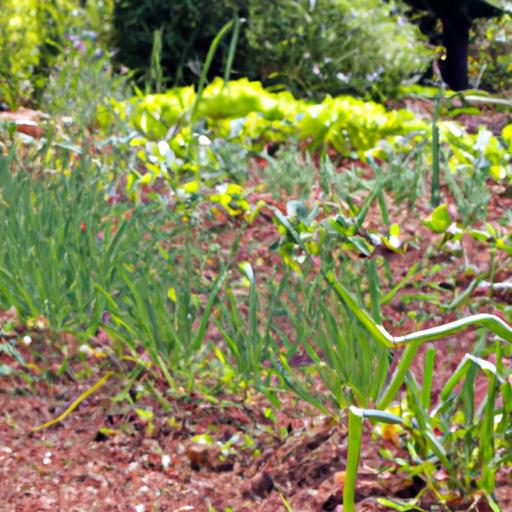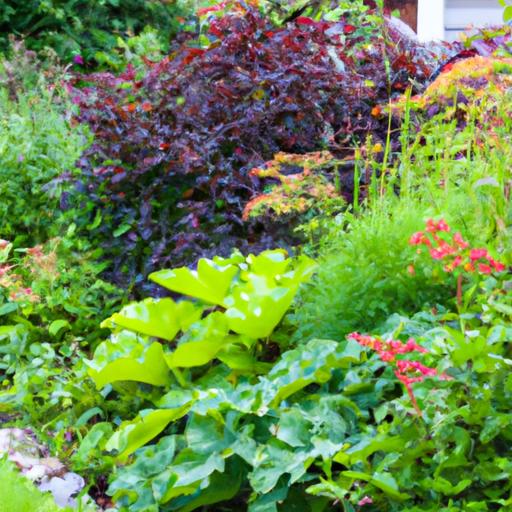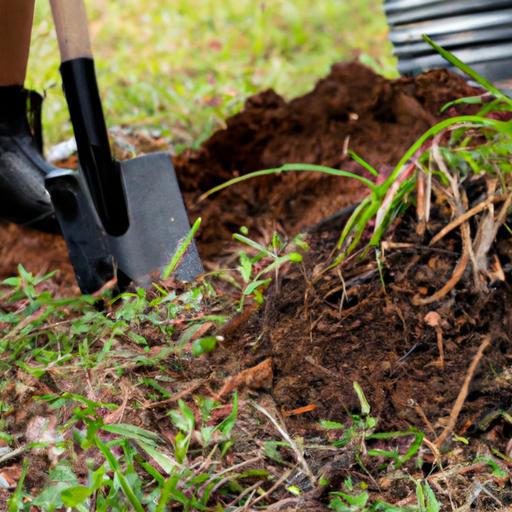Introduction
Are you a gardening enthusiast in Seattle, wondering what gardening zone you fall under? As we embark on our journey to discover the answer, let’s delve into the fascinating world of gardening zones.
Picture this: a tapestry of vibrant blooms, lush greenery, and thriving plants transforming your backyard into a picturesque oasis. But here’s the catch – not all plants thrive in the same conditions. That’s where gardening zones come into play.
A. Overview of Gardening Zones
Gardening zones, also known as hardiness zones, are geographical regions that help gardeners determine the suitability of various plant species based on climate and weather patterns. These zones serve as a guide, assisting both seasoned gardeners and beginners in selecting plants that are most likely to flourish in their specific area.
B. Importance of Determining the Gardening Zone
Determining your gardening zone is crucial for successful gardening. By understanding the unique characteristics of your zone, you can make informed decisions regarding plant selection, care, and maintenance. Each gardening zone has its own set of climatic conditions, such as temperature ranges and frost dates, which significantly impact plant survival and growth.
Imagine planting delicate flowers that thrive in a tropical climate in the heart of Seattle’s rainy and cool environment. They might wither away, leaving you disappointed. By identifying your gardening zone, you can avoid such mishaps and create a thriving garden that flourishes in harmony with its surroundings.
Now that we’ve established the significance of gardening zones, let’s explore the various zones in the United States, including the one that encompasses Seattle.
Understanding Gardening Zones
A. Definition and Purpose of Gardening Zones
Gardening zones are defined as specific geographical areas characterized by similar climate conditions, including temperature, rainfall, and frost dates. These zones provide valuable information to gardeners, enabling them to select plants that are well-suited to their local environment. By understanding the specific gardening zone, you can choose plants that have a higher likelihood of thriving in your area.
B. Factors Influencing Gardening Zones
Several factors influence gardening zones, including regional climate, elevation, proximity to bodies of water, and microclimates. Each of these factors contributes to the unique characteristics of a particular zone. For example, coastal areas may have milder winters and cooler summers compared to inland regions. By considering these factors, gardeners can gain insights into the specific conditions that their plants will experience.
C. Significance of Gardening Zones for Plant Selection and Care
Understanding gardening zones is crucial for successful plant selection and care. Plants have different temperature requirements for optimal growth and survival. By selecting plants that are suitable for your gardening zone, you increase the chances of success. Additionally, gardening zones provide insight into frost dates, helping you determine the appropriate timing for planting and protecting your plants from potential frost damage.
Imagine the disappointment of nurturing tender plants only to have them succumb to a late frost. By leveraging the knowledge of your gardening zone, you can avoid such setbacks and ensure that your plants thrive.
Now that we have a clear understanding of gardening zones, let’s explore the gardening zones in the United States, with a focus on the USDA Hardiness Zone Map.
